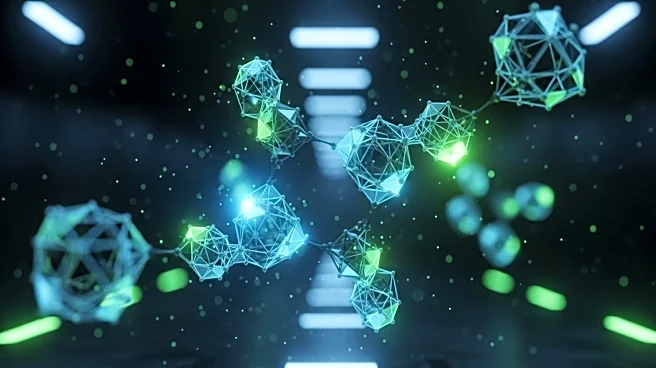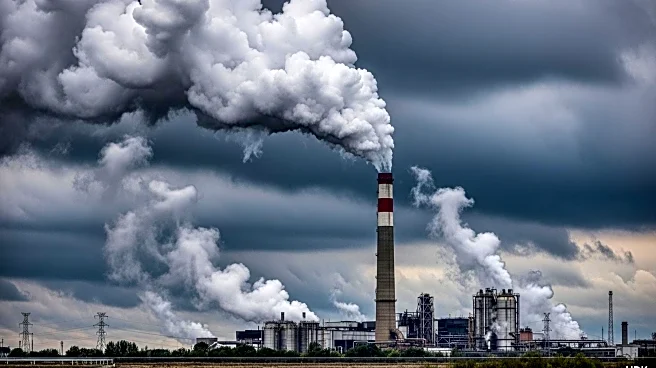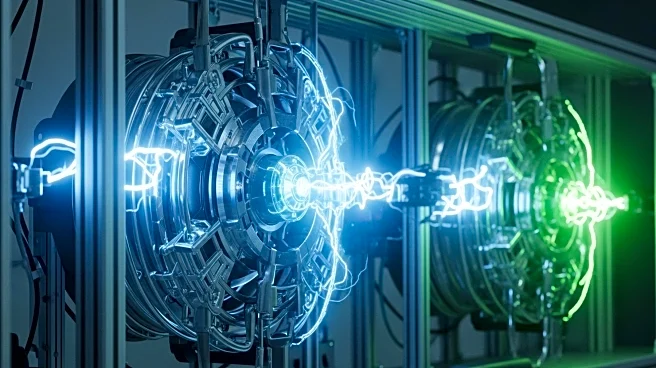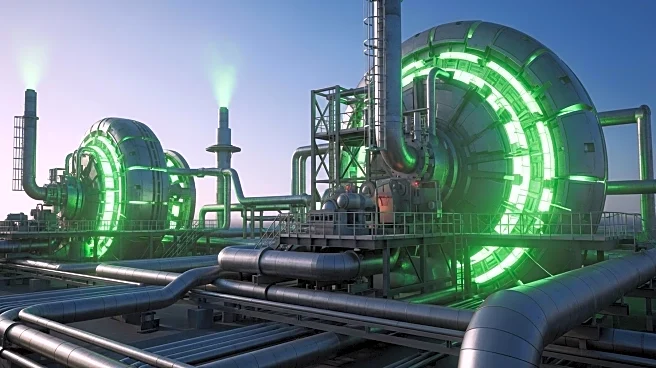What's Happening?
A study has analyzed voltage distributions within carbon dioxide reduction electrolysers, identifying the cascade CO2 reduction approach as the most energy-efficient candidate for scalable CO2 electroreduction. The research highlights the challenges posed by high full-cell voltages due to material and process combinations. By optimizing the CO electroreduction system, the study achieved a full-cell voltage of 1.95 V at 200 mA cm−2, offering a framework for developing more energy-efficient electrolysers.
Why It's Important?
The electrochemical reduction of CO2 is crucial for producing chemicals and fuels with reduced greenhouse gas emissions. Improving energy efficiency in CO2 electroreduction can enhance the economic viability of this technology, supporting efforts to combat climate change. The study's findings provide insights into optimizing electrolysers, potentially leading to more sustainable industrial processes and contributing to global environmental goals.
Beyond the Headlines
The research underscores the importance of addressing overpotentials in electrolysis systems, particularly in direct CO2 reduction approaches. By focusing on membrane and cathode overpotentials, the study offers a pathway to reducing energy consumption and improving scalability. These advancements could drive innovation in renewable energy technologies and support the transition to a low-carbon economy.











